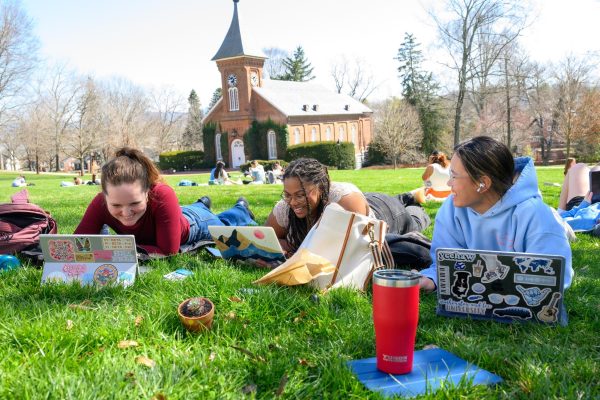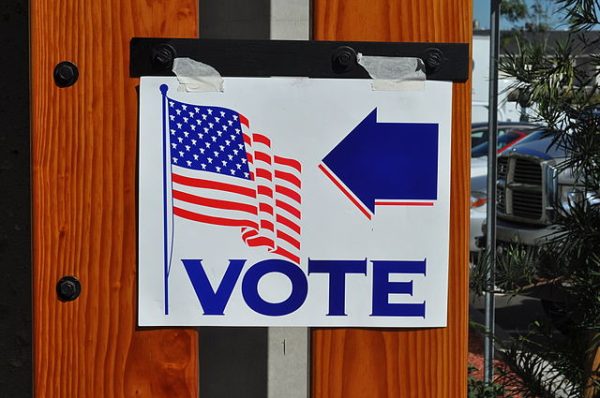How to beat the winter blues
As if seasonal depression isn’t already enough to deal with, we are now in the midst of a global pandemic that directly affects our ability to connect with others.
November 19, 2020
It happens every year. Yet every year it takes us by surprise.
No, it’s not the sudden time-shift, the spoiled pumpkins on doorsteps or the inevitable onslaught of Christmas music on Nov. 1. It’s the unspoken gloom that accompanies the winter months: seasonal affective disorder, also known as SAD.
When the dark days of winter finally descend, and we are thrust into an abyss of final exams and long nights, it can feel like the moments from November to March slowly muddle. But you’re not alone in that feeling. Roughly 10 million Americans say they experience this mood change, according to Psychology Today.
SAD is a form of depression directly linked to the onset of colder weather and the limited hours of daylight as a result of daylight savings. Melatonin levels increase and serotonin levels lower, causing an onslaught of issues such low energy and sleeping problems.
As if seasonal depression isn’t already enough to deal with, we are now in the midst of a global pandemic that directly affects our ability to connect with others. And even when we are around other people, the six feet of distance and masks required at all times limits the degree of interaction that people can have.
So, the question remains, how can we combat this seemingly inevitable spell of seasonal sadness that affects so many each year? Believe it or not, there are countless different remedies for curing this case of the “winter blues.”
One of the best remedies is to simply go outside and soak up some sun. Whether it’s enjoying a morning cup of coffee on your porch or going for a walk on the Woods Creek trail, allotting even 10 minutes to time spent outdoors can make all the difference in boosting your mood.
And even better, spend some time outside with friends. Pack lunch and do a socially distanced picnic at the Outing Club Gazebo. Go hiking on a nearby trail. Grab a classmate and do work on the Colonnade. The options for getting outdoors are endless when we are situated in the scenic Shenandoah Valley.
Sure, you might have to bundle up in a coat and gloves or pack massive blankets, but it’s worth it to preserve your mental health.
Staying active is another way to beat the spell of sadness. Exercise is proven to relieve stress, help you sleep better and boost your overall mood.
If you’re wanting to escape the cold, check out the newly renovated fitness center—equipped with all the cardio and weight machines you could ever imagine. Or, if you’re willing to brave the cold, bundle up in your hat and gloves and go for a run on the Chessie Trail.
The lighting within your living space plays a big role in affecting your mood as well. Part of the reason that SAD occurs in the first place is because during the winter, it gets darker earlier in the day. Adding an extra lamp or set of LED lights to your room can dramatically improve your spirits.
As simple as it might sound, dressing in cozy clothes during these winter months induces happiness too. Research shows that dressing in comfortable clothes can be a mood booster.
Students wearing comfy clothes also correlates with them receiving higher test scores. So don’t hesitate to wear your big sweatshirt and sweatpants the day of your exam—it could actually help you do better.
Lastly, socializing with friends and family ensures that your spirits will be lifted. The cold weather can definitely be a deterrent for getting out of the house. Organize fun indoor activities with friends instead. Treat yourselves to a meal out on the weekend or stay in and have a movie night.
Even facetiming or calling someone has a positive effect on your mood. Staying connected to others during this time of social distancing is so vital for our mental health.
Whether it’s planning a fun night with friends or simply texting someone to say hello, don’t underestimate the power of human connection.












